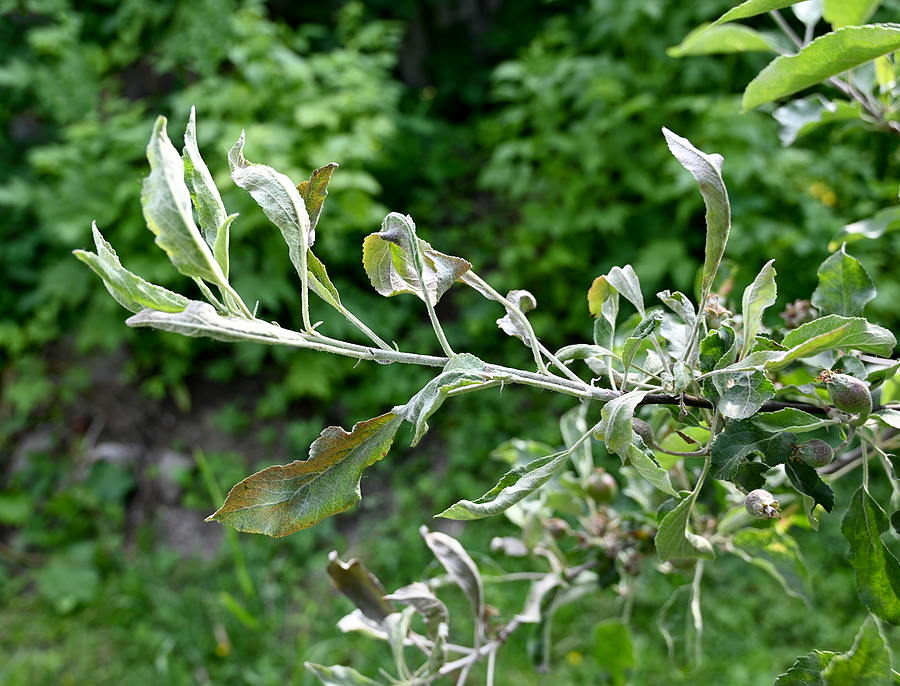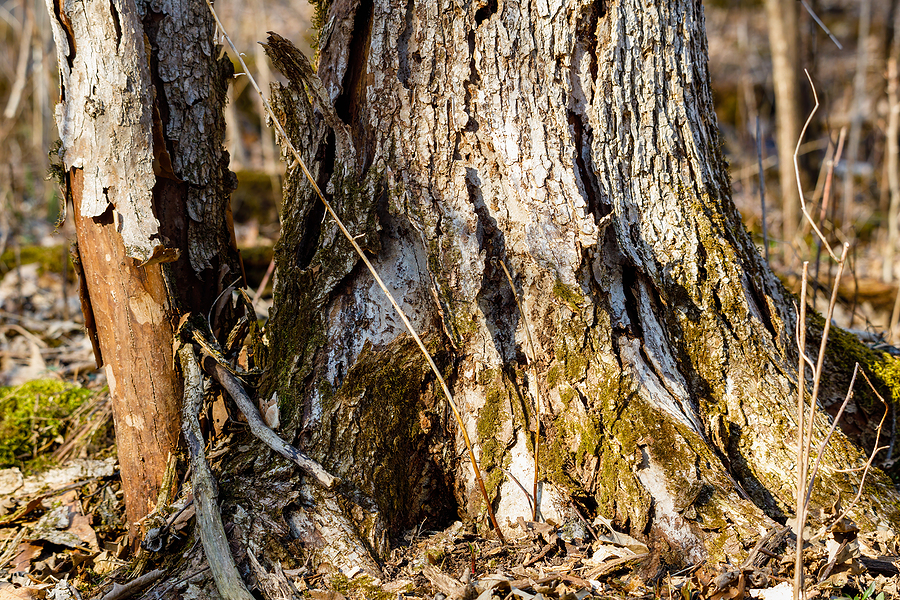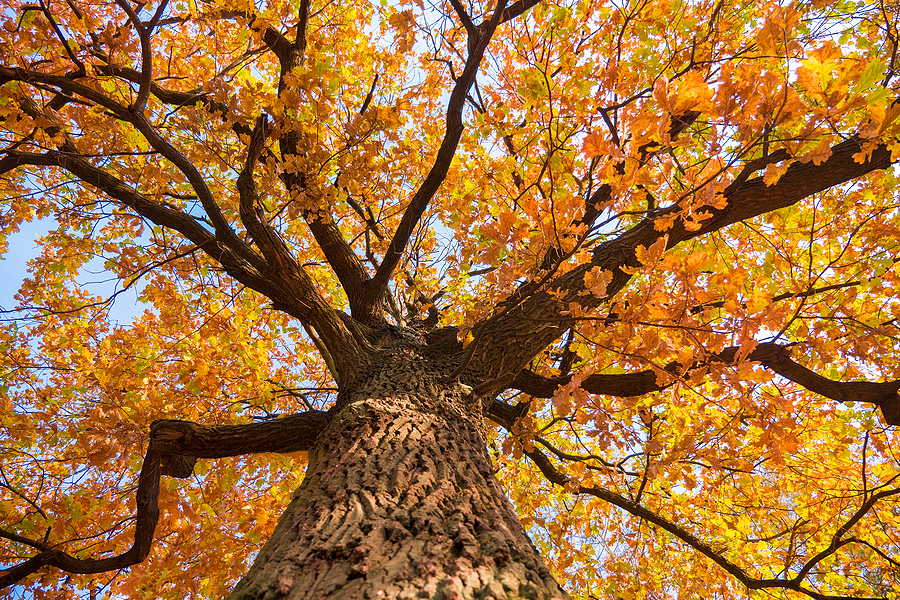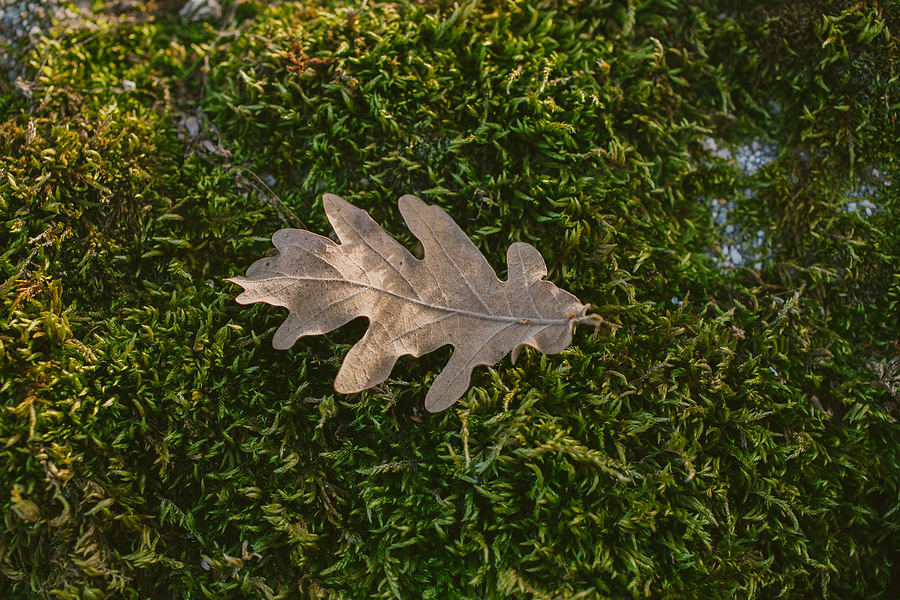If you’re a homeowner, chances are you have trees in your yard. It is important to recognize the signs of tree diseases and understand how to prevent them. Tree disease treatments can be expensive, so it’s best to know what steps to take for proper tree care ahead of time. An experienced arborist should be consulted if you think any of your trees may be suffering from a serious ailment or infection.
In this blog post, we will discuss some common tree diseases and how they can be treated by an arborist. We will also look at ways that homeowners can practice good tree care in order to reduce the risk of their trees becoming diseased in the first place. By following these tips and working with an experienced professional, you’ll ensure that your outdoor oasis stays beautiful and healthy for years to come!

Common Tree Diseases and Their Causes
Tree diseases can be caused by a variety of factors, including fungal or bacterial infections, insect infestations, and environmental stressors. Common tree diseases include Anthracnose, Dutch Elm Disease, Powdery Mildew, and Fire Blight. Each of these requires different treatment strategies to address the underlying cause of the problem. An arborist will inspect your trees for signs of disease and then develop a tailored plan for treating them. This could involve chemical treatments such as fungicides or herbicides, physical pruning techniques, or other methods that are intended to protect your trees from further damage.
ANTHRACNOSE – Anthracnose is an incredibly widespread disease. It often strikes out of nowhere, quickly spreading its devastating presence to vulnerable trees of all sizes and varieties. From gigantic pines standing tall among the canopy of a pristine forest, to small bushes nestled underneath cozy porches, this tree disease shows no signs of mercy as it chips away at each living limb. As summer creeps up with its hot days and long sunlit hours, heightened damage from seasonal anthracnose can appear seemingly overnight and create lasting complications for entire woody landscapes.
DUTCH ELM DISEASE – Dutch Elm Disease is an ominous threat to many trees. It has left marks of destruction on elm woodlands across North America, Europe, and Asia for more than a century. The vascular conditions caused by Dutch Elm Disease can weaken or even kill off infected trees in just one season. This means that the disease spreads rapidly amongst trees and can lead to significant losses for forest environments. Direct contact between healthy and diseased plants spread its spores quickly, making it incredibly difficult to contain without drastic measures such as complete tree removal. On top of this, Dutch Elm Disease also threatens city streets since a variety of elm species are popular decorative trees planted in urban areas around the world. In short, Dutch Elm Disease truly is a common and devastating tree disease.
POWDERY MILDEW – Powdery Mildew is a fungus that attacks different parts of trees. It appears as a white to gray powdery substance, which can cause leaf spots or even mortality in certain tree species such as Elm, Maple, Oak, and Ash trees. Symptoms may appear slowly on the underside of leaves and gradually become more prominent as time passes. In some cases, these spots grow together, causing large necrotic patches that can cause extensive damage to branches. This infection can have serious consequences for the health of your trees and spread easily throughout orchards, greenhouses and nurseries containing susceptible species. Early preventive treatment is essential if you want to keep your trees safe from Powdery Mildew.
FIRE BLIGHT – Fire Blight is a bacterial infection seen routinely in trees, especially those in the Rosaceae family. This group includes such perennials as Pear, Crabapple, and Cotoneaster species. While this disease can be disheartening to observe, it can occur with even younger trees that haven’t had time to fully mature. Certain environmental conditions prove favorable for Fire Blight to thrive, and usually begins at blooming season. Weather temperatures in the upper 80s during days of humidity over 75%, when combined with rainy spells intensifies the rate of infection while allowing bacteria spread.
Routine Tree Care
In addition to professional tree care services in Indianapolis, it’s important that homeowners practice proper tree care throughout the year in order to reduce the risk of disease. This includes regular pruning, mulching, and fertilizing to ensure that your trees stay healthy and strong. It’s also important to avoid over-watering or under-watering your trees, as both can lead to nutrient deficiency and other problems. Lastly, be sure to inspect your trees for signs of disease on a regular basis so you can take swift action if any issues arise.
Now You Can Maintain Healthy Trees Year-Round
By following these tips and working with an experienced professional arborist in Indianapolis, you’ll help ensure that your outdoor oasis stays beautiful and healthy for years to come! If you think one of your trees may be suffering from a serious ailment or infection, it is best to consult an arborist right away; they can develop a tailored plan for effective tree disease treatment. With the right care and attention, you’ll be able to keep your trees healthy and beautiful for years to come!
Are your landscaping trees in need of some TLC this spring? Contact Complete Tree Care at 317-783-2518 to get advice from a certified arborist in Indianapolis, Indiana. We serve residential and commercial clients with comprehensive tree care solutions.
Related Posts:
Common Diseases Affecting Trees in Indiana and How to Treat Them
Is My Tree Dead or Diseased?
Why You Should Mulch Your Trees Every Spring and Winter



